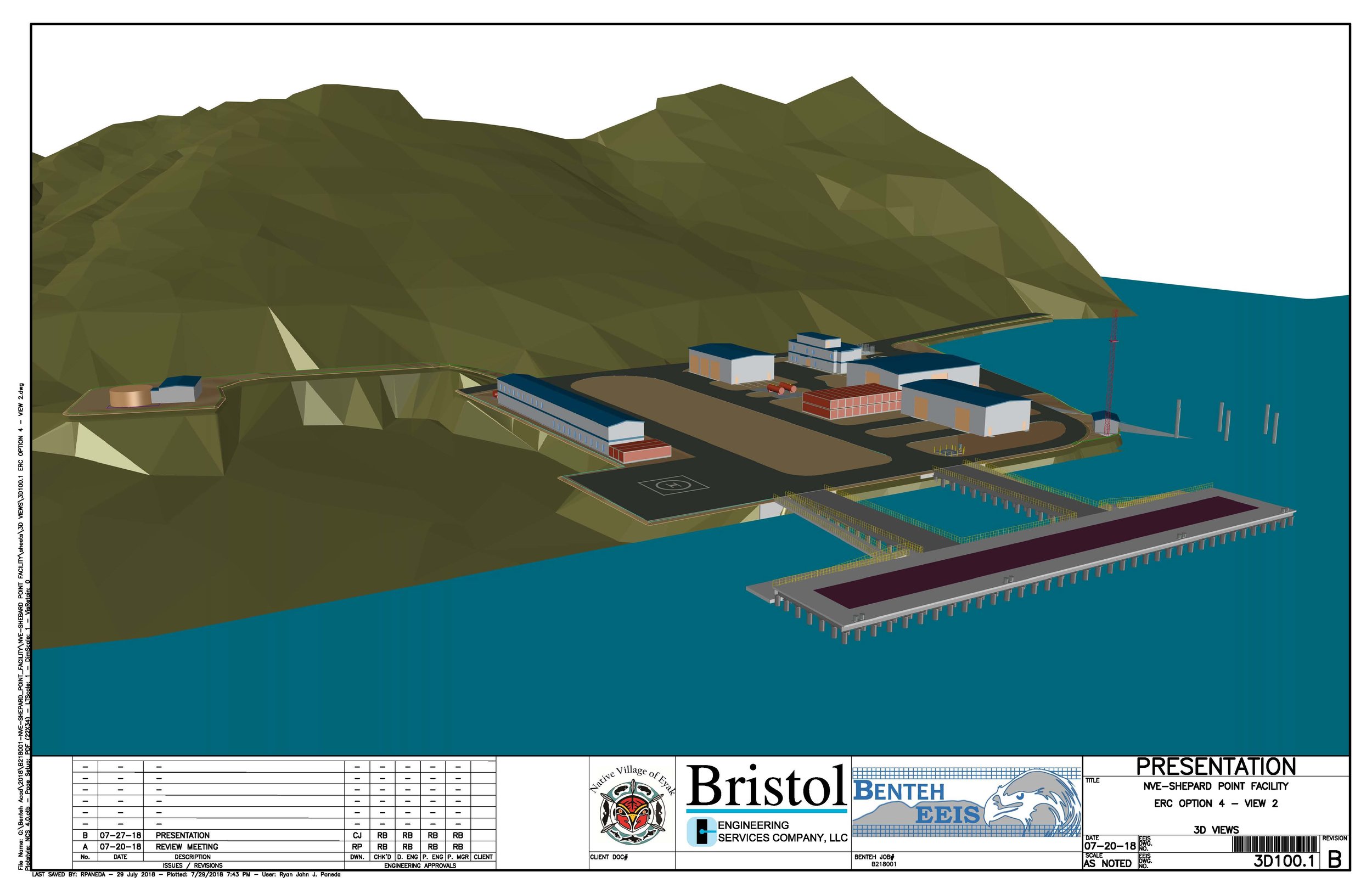Purpose and Need
Oil spill response efforts in the Prince William Sound have increased dramatically since the EVOS in 1989. With state and federal regulations requiring response capabilities throughout the area, PWS is better protected than ever before. However, there is one critical piece missing: Shepard Point. The Alyeska Consent Decree focused on establishing three facilities throughout PWS in order to protect all zones from negative effects of oil spills. Without the third, and final, facility at Shepard Point, PWS will continue to be at risk for detrimental impacts from major and minor (near-shore) spills. In an area where Alaska Native tribes and other communities thrive on subsistence and commercial fishing, protection of the natural resources is of the utmost importance.
Tribal members of the Native Village of Eyak have been stewards of the region’s environment for thousands of years, and continue to work towards protecting their cultural heritage and lifestyle to pass down to future generations. Therefore, the NVE feels it is our obligation to protect the PWS and our natural resources through the construction, operation and maintenance of the Shepard Point Oil Spill Response Facility.
The Shepard Point Oil Spill Response Facility will include a deep-water, all-tide dock, uplands facilities, and a road connecting the facility to the all-weather airport in Cordova. These factors are critical in transporting essential, out-of-region materials and personnel in the event of a Spill of National Significance.
“When something happens, you’ve got to be right there... with the resources that you have, you’ve got to be like a first responder. This is a facility that we want to build because we feel that we are the stewards of our area.”
— NVE Tribal Council Member
Steps Taken
Since the Alyeska Consent Decree, several necessary steps have been taken, including the completion of the National Environmental Policy Act (NEPA) process. NEPA’s detailed federal process analyzes all environmental impacts from construction to operation of the facility that resulted in a Record of Decision (ROD) supporting Shepard Point as the location for the facility.
In addition, several partnerships have been developed throughout the course of the project including, a landmark partnership between the NVE and Alaska DOT&PF. The NVE will pay Alaska DOT&PF to maintain the proposed highway extension to American Association of Highway and Transportation Officials (AASHTO) standards. Eyak Corporation and Chugach Alaska Corporation have provided letters in support of the project, and have entered into agreements for use of their lands for facility purposes. Finally, the project has received support from local companies (CEC) and from governors, senators, and more.
Current efforts are being aimed at funding opportunities, field surveys, and increasing local and regional support for the Shepard Point Oil Spill Response Facility.


Benefits
Benefits from the project include, decreased response times for oil spills in southeastern PWS, access to an all-weather airport to bring in out-of-region materials for increased response efforts, increase economic diversity, and provide employment opportunities for NVE tribal members and locals, road access to Shepard Point and the NVE lands currently inaccessible.
Most importantly, this facility would provide the NVE the opportunity to maintain and operate the response facility, accessible in all weather and tide conditions that would protect their cultural heritage and vital natural resources for future generations.




![C3.0 SITE PLAN - OPTION 3 C3[1].jpg](https://images.squarespace-cdn.com/content/v1/59baecdb8419c272bef47ba6/1540498148749-90VI6RMGK99IL1E1HDTX/C3.0+SITE+PLAN+-+OPTION+3+C3%5B1%5D.jpg)

